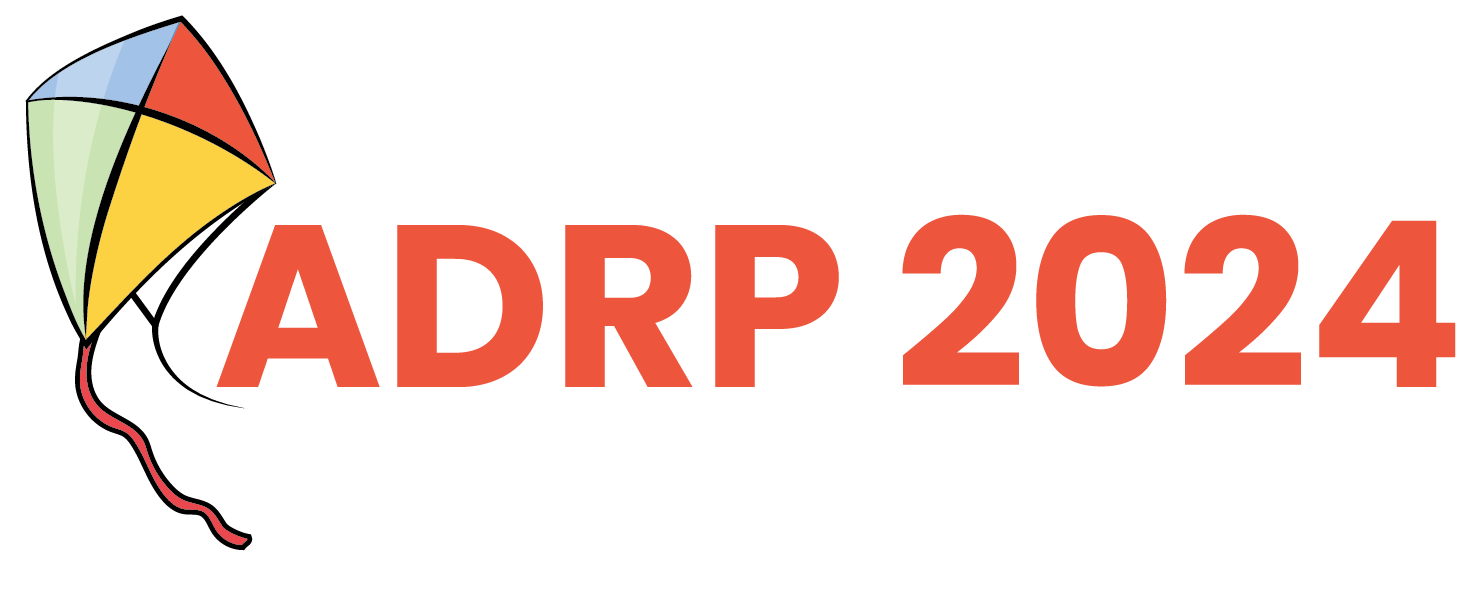ADRP Annual International Conference Request for ProposalsPassports to PartnershipsHow to Draft a Great ProposalConferences are only as good as their content, so it’s a top priority for conference planners to curate the highest quality presenters and session topics. If you are considering submitting an RFP (request for proposal) for the 2025 ADRP International Conference, please review these tips and suggestions on how to make yours rise to the top. 1. Keep it as widely applicable as possible.Though it started in the northeast U.S. with higher ed institutions, ADRP now is an international organization for all kinds of donor relations and stewardship folks in all stages of their careers, in a wide variety of organizations. Because of this diversity in experience and industry, it’s best to avoid the “here’s how we did this one thing this one time at our place” approach. If you’re a social service agency, think about whether your topic can be applied at a zoo or hospital. What are key takeaways that most practitioners can use and benefit from? ADVANTAGE: wide appeal, applies to lots of members 2. Or make it meaningfully specific.Sometimes a great presentation is targeted to a particular industry, shop size, career level, discipline or project type, and that’s OK. Not all presentations need to be everything for everyone all the time. The key is to hit the balance between too narrow and not narrow enough, and making sure you have an audience for your subject. Sometimes narrowing the topic gives you a greater opportunity to be thorough and comprehensive. ADVANTAGE: specific topic covered in depth 3. Take a unique angle to a general topic.What twist can you put on the subject? Virtual events, for example, have been covered extensively, yet many of us are still looking for innovative ideas. Maybe, planning a virtual event on a small budget in one week. Or changing your format or content at the last minute. Just be sure your topic has broad enough appeal while addressing something specific and unusual. ADVANTAGE: different way to look at a popular topic 4. Be sure your session is better suited as a live presentation and not a webinar.Ask yourself why someone would come to your session rather than watching it on a screen. The best presentations offer some sort of real-time, participatory or interactive element. Dynamic presenters challenge their audiences. Maybe you assign homework ahead of time. Or set up break-out groups for discussion or activities. Do an icebreaker. It’s always fun to ask questions of your attendees–for example, what they think about the topic, what their greatest challenges are, what they wish they had known sooner. ADVANTAGE: more than a static lesson 5. Pick a topic that is new and timely.Check the ADRP website for a list of monthly webinar topics and session titles from previous conferences. Attendees want new content, new topics, new ideas. What do you have to offer that’s new? Do your best to keep your proposal timely but timeless. ADVANTAGE: relevant, recent material 6. Make the proposal about your audience, not about you.Conference-goers will be more likely to attend your session if what you offer will add value to them, personally or professionally. It’s not about what you did and what you know, it’s about how what you did and what you know will help them. What problem are you trying to solve? What will your audience walk away with? What’s the ROI of their time with you? What’s in it for them? ADVANTAGE: can apply material to real life 7. More is often better: use a variety of presenters.Three or four RFP applicants may present the same topic, outline and presentation format for the same thing. Sometimes these proposals lack content or depth to fill an entire session slot. To increase your chances of being chosen, consider combining forces. Rather than focusing on just your organization, try adding some variety. Maybe highlight one small school, one non-profit organization, one health care system. Compare and contrast. Here’s how we did it, here’s how they did it. Having a partner or two will give you a break, and your audience will get to hear more than one voice and perspective. (The Content Committee may contact you to see if you’re interested in doing this. Also, panel discussions can be a lively experience if you use interesting panelists, a lively moderator and compelling questions. ADVANTAGE: variety in speakers and approaches 8. Look at the available discovery areas and topic suggestions.Your proposal may overlap various areas and that's okay. We have shared a range of topics to consider, but feel free to explore new ones that aren't already on the suggested list. Review the Discovery Areas9. Vendors: include a practitioner as your presentation partner.As part of ADRP’s policies, vendors and sponsors must have at least one co-presenter who practices donor relations professionally. Sessions should focus on the issues mentioned earlier and avoid sales pitches for products or services. ADVANTAGE: no conflict of interest in products or services 10. Be proactive: check with the Content Committee if you have any questions or concerns.The Committee’s main responsibility is to curate excellent content, so they stand ready to help you make your RFP a success. It’s better to ask ahead of time and adjust your RFP than to have to ask afterward why it wasn’t accepted. ADVANTAGE: troubleshooting potential problems The most important tip, though, is to pat yourself on the back! It takes time and courage to put yourself out there, and it means you’re willing to help others. Knowledge is a gift. Experience is a treasure. Expertise, an invaluable asset. And they are much more fun to share than to keep to yourself. So don’t be shy! The content committee looks forward to seeing your proposals. Share the love, share the knowledge! Submit Your Proposal by April 11Have questions? Reach out to the ADRP Office at [email protected]. |

